legal resources necessary to hold negligent facilities accountable.
Bed Sore Pictures
Bed sores can form in any area of the body where pressure builds and remains unrelieved. Photos are the only way to appreciate the devastating impact on the individual. Our network of attorneys is committed to protecting the rights of individuals and families who have been affected by poor care at nursing homes and hospitals where pressure sores have developed. Complete this on-line form for a free review of your circumstance with an attorney who has experience prosecuting these cases.
Bedsore Photographs
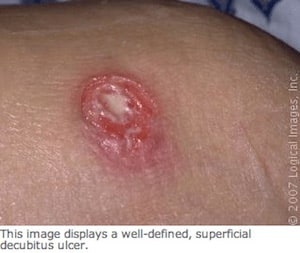
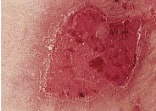
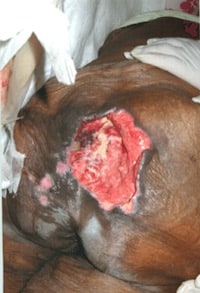
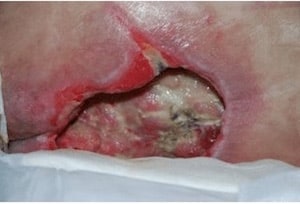
Diagrams of Pressure and Areas Where Bed Sores Develop
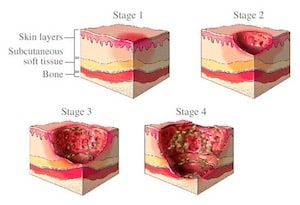
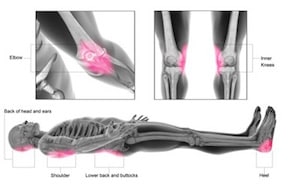
Videos of Bed Sores and Wound Care Techniques
Does Your Loved One Have a Bed Sore Similar to the Above Images?
Developing a bed sore (particularly a more advanced wound such as a stage 3 or 4) requires medical intervention to heal and prevent further complications. While some medical facilities are notorious for disputing the severity of a wound, insisting on immediate medical attention can mean the difference between a recovery and a spiraling series of problems.
What Should You Do When You Learn That Your Family Member Has an Advanced Bed Sore?
Getting medical attention for an advanced bed sore is essential to the individual’s recovery. Input from physicians and wound care experts should never be delayed as once a wound has progressed to the point where it is ‘open’ and underlying tissue and bone are exposed, the wound becomes ripe for infection that can quickly progress from a localized issue to a systemic infection known as sepsis.
Is It Time to Take Legal Action?
The majority of situations where a person who was admitted to a nursing home or hospital and develops a pressure sore are substantially due to a negligent staff who were responsible for caring from them. By law, facilities must design and implement a plan of care so patients can be assessed for their risk of developing bed sores and a comprehensive plan can be created to prevent their development.
By the time a wound as advanced and progressed to the point where the wound has opened, the facility may be guilty of both failing to implement the plan of care as prescribed and failing to implement interventions as the wound developed and progressed.
The attorneys at Nursing Home Law Center LLC have successfully handled hundreds of bed sore cases involving all different types of facilities and in various jurisdictions. Unlike other attorneys who may have a general practice or a more traditional ‘personal injury’ practice, we have the unique perspective of having worked on such an exhaustive number of cases that we can readily assess and litigate your case in an expeditious manner. All of our bed sore lawsuits are handled on a contingency fee basis where there is only a fee charged when there is a recovery for you. For additional information or to arrange a no-obligation consultation, complete the form here or call our office at (800) 926-7565.In you are looking for information on how these cases get evaluated from a settlement perspective, look at our bed sore case calculator.
 Chicago Lawyer Nursing Home Law Center LLC Home
Chicago Lawyer Nursing Home Law Center LLC Home